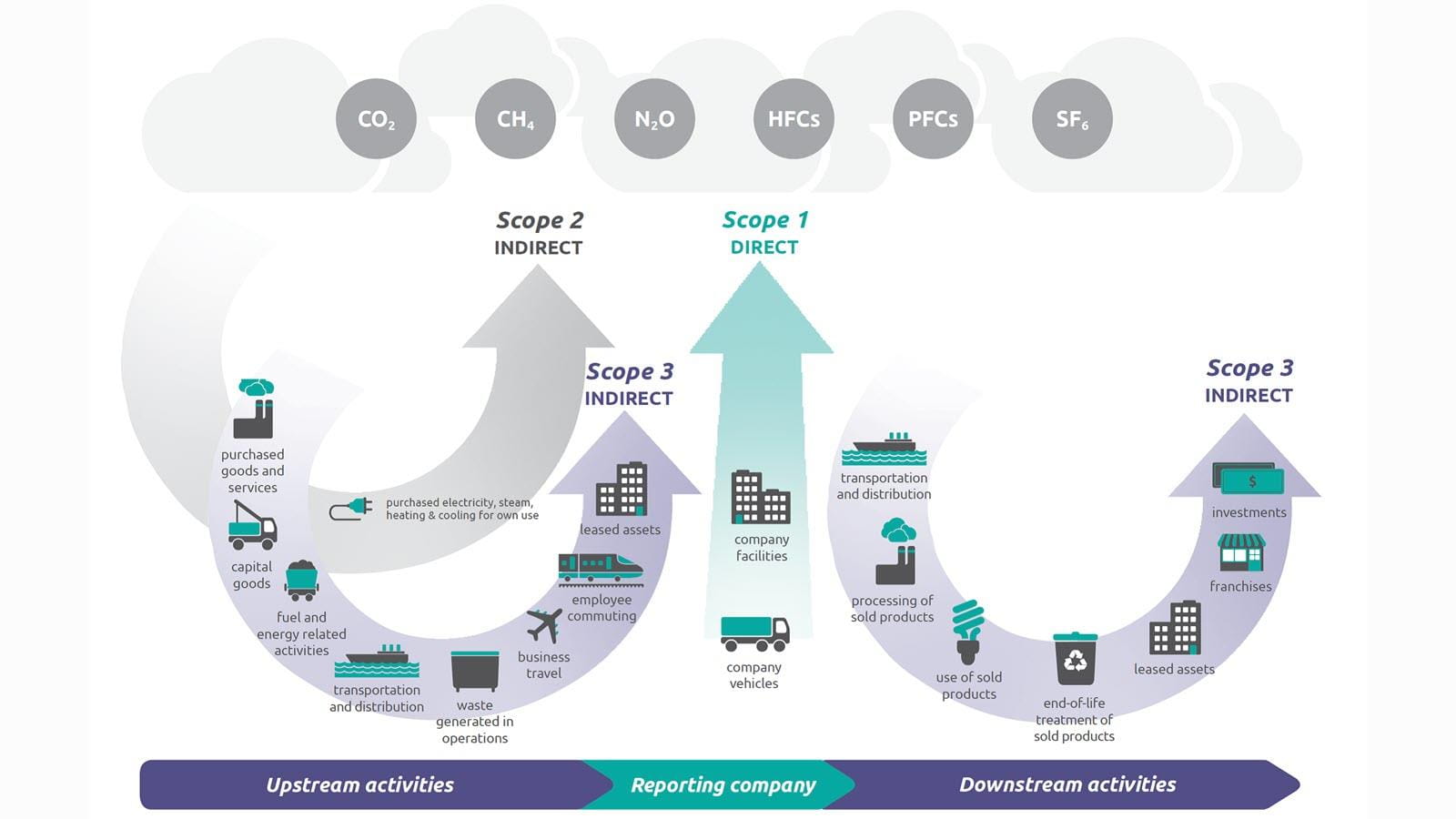A large company can have big impacts on the world and that includes its carbon footprint. It takes a lot to supply and operate facilities around the world, including offices, scientific laboratories and manufacturing sites. That’s why CSL announced emissions reduction targets in 2022 that include emissions the company directly controls and emissions created by other businesses that supply goods and services to CSL.
Those indirect emissions are called “Scope 3 emissions,” which the U.S. Environmental Protection Agency defines as “the result of activities from assets not owned or controlled by the reporting organization.”
Last August, CSL announced that by 2030 it will:
- Seek to reduce emissions associated with its own operations (Scope 1 & 2) by 40 percent.
- Ensure suppliers who contribute 67 percent of Scope 3 emissions have set Scope 1 & 2 reduction targets, aligned with the Science-Based Targets initiative.
Scope 1 emissions targets are focused on emissions directly emitted from company-owned buildings, manufacturing processes and vehicles, like exhaust from fuel combustion, while Scope 2 emissions are indirect emissions associated with the purchase of energy, for example, electricity. Scope 3 emissions account for everything else – the indirect emissions from all company operations and products generated both from pre- and post-production processes.
These are the trickiest to measure, and the hardest to tackle, since they’re not directly controlled by the company. For example, any goods purchased by a company come with their own emissions background, whether it’s pens and paper, computers and workstations, or lab equipment. These all come from somewhere, requiring raw materials to produce, a factory to create and package, and transportation to ship all over the world.
On the other end of the supply chain, CSL products create packaging and end-of-life waste, which generate emissions as well. Scope 3 emissions also can include emissions generated from business travel and employees commuting to work.
According to the CDP (formerly known as the Carbon Disclosure Project), Scope 3 emissions typically account for about three-fourths of a company’s carbon emissions. For resource-intensive industries like cement, it’s a much lower portion (just over 15%), while in other fields they can be close to 100% of a company’s emissions. At CSL, Scope 3 accounts for 85% of emissions.
If every company voluntarily set emissions reduction targets, Scope 3 emissions targets wouldn’t be needed. But until that’s the case, some companies are taking the lead and encouraging suppliers to take sustainability measures or switching to suppliers that have their own Scope 1 & 2 emissions targets already in place.
Worldwide, 4,500 companies have set science-based targets for their emissions, as measured by the Science Based Targets initiative (SBTi). In its most recent report, the SBTi reported that SBTi companies reduced their emissions by 29% and that 96% of participating companies had targets covering Scope 3 emissions.
Jeffrey Ball, who is leading CSL’s sustainability efforts, recently shared an update with employees and external stakeholders that pointed out the connection between the environment, human health and the financial health of the company: “At CSL, we are committed to fulfilling our promise to create a healthier world in an efficient, inclusive and environmentally respectful way. We know that the health of the planet is closely linked to human health, and that sustainability drives value for our business and all our stakeholders.”



